|
By Jessica Rath For about eight years now, the Abiquiú News has provided us with the Bloom Blog. From April through October, Marilyn Phillips helps us to identify the many wildflowers growing around Abiquiú and informs us of the various uses Native Americans have for these plants: as remedies for ailments and diseases, as dyes, as skin lotions, and as food. It’s always nice to put a face to the name, isn’t it. And I always like to learn a bit more about a person with an obvious mission, who is passionate about what they do. When I asked her, Marilyn agreed to meet with me and take me on a flower walk, telling me a bit about herself while helping me to identify the various wildflowers that had popped up in early June. Because I learned British English at school when I grew up in Germany, I could spot Marilyn’s accent: she must be from the United Kingdom. Sure enough, she grew up in London. Her father was a gardener who planted delicious vegetables and beautiful flowers. While she feels that she didn’t inherit his green thumb, she credits him and his garden for her love of flowers. Although she was a city kid and clearly didn’t have many wildflowers growing nearby, she was always interested in the outdoors and nature. As a Guide – the equivalent to a Girl Scout in the U.S. – Marilyn spent a lot of time outside, went on camping trips and hikes, etc. But her involvement with wildflowers got really serious after she moved to Crested Butte, the Wildflower Capital of Colorado – they even have an annual Wildflower Festival which lasts for ten days! “It's just a stunningly beautiful place”, Marilyn told me. “And I got involved. I went on a wildflower hike with the Wildflower Festival that they have every July. And I realized that I really liked this. That’s why I did another one. And then eventually, long story short, I got involved with the Festival and ended up leading hikes myself within a couple of years”. I once spent a few days in Crested Butte and totally understand Marilyn’s enthusiasm. It is indeed striking. Nestled near the 12,168-foot summit of the Crested Butte Mountain, it has become a popular ski resort with lots of fun activities for the short snowless season: there’s an International Film Festival, a yearly Arts Festival, there are live concerts, and endless offers for outdoor pursuits such as mountain biking, river rafting, and horseback riding. Did you know that Crested Butte was a coal mining town in the late 19th century? When the coal mines closed, the town declined somewhat, until the construction of a ski area in the 1960s. Ever since then, the tourism business has guaranteed a booming economy. Back to the Bloom Blog! Marilyn had always been interested in photography, and on her wildflower hikes she took a lot of flower pictures. “That led to identifying the flowers; I had some really good guides on these hikes who identified everything. I have a good memory and I remember them. So yes, everything just sort of evolved from living in that particular place”. Marilyn continued: “The winters there were quite intense sometimes, when one has to spend a lot of time inside because it is too cold and dark outdoors. One winter I started sorting out my photographs, and I realized I had 1000s of them. I started putting names on them and sorted them out and deleted some, after which I ended up with about 250 different species of flowers. And I thought, well, I should do something with this. This was before the internet, to give you some perspective”. “This was in the mid-90s, and all the pictures I took were on slides. There was nothing digital yet. My background is in computer science, and so I made a CD. Its purpose was to identify the flowers, so you could do a search. It looked very similar to the website that exists now. I haven't changed it much from that original CD, which I think was published in the early 2000s. When the Internet came out, I got a website, and that's the one that's still going”. In 2012, Marilyn moved to Abiquiú. And in 2016 the Bloom Blog was added to the Abiquiú News as well as to Marilyn’s website: Wildflowers of the Southern Rocky Mountains. Check it out, it’s really useful if you want to find a particular flower: one can search by name, both common and Latin, by descriptive words, and – the easiest way – by color. “It is different here from Colorado”, Marilyn explained to me. “In Colorado, you'll get one hundred blooms a week. Here, you'll get one or two or three or five, at the peak, in May and June. It would be impossible to do something like the bloom blog in Colorado because there are way too many flowers. It's stupendous, the flowers there – but the growing season is very short. We're talking about elevations above 9,000 feet. So there’s lots of moisture from the snow melt because a typical winter brings dozens of feet of snow”. I looked it up, the average snowfall in January is 42.2 inches. And it sometimes snows in June and September. No wonder the flowers try to get the most out of the short growing season! “The snow starts melting in May. That's changing, of course, because of climate change. But generally, in June, everything just starts exploding. The first two weeks of July are the peak. On some of the hikes that I led there, I could identify over 100 flowers on a two-hour walk. It was stupendous and I loved it. So, when I came to Abiquiú, of course I was still looking for flowers, but I did not find quite so many of them. And they were all different, because it's such a different environment. You know, this is high desert. It's very different ecologically, the flowers are also limited by the river, it’s a whole different set. Anyway, it's an evolutionary thing. When I started the Bloom Blog in 2016 I tried to find a different flower every week, one that I hadn't written about before”. “Everywhere I go I take my camera with me. I still go out hiking on trails, but there's not anywhere near the diversity of plants here that there is in Colorado. Of course we still have a huge number of flowers. I think there are over 200 that I found in this area. I start in April and go through September. I used to go through October but there's not much left then, just the odd sagebrush”. I mentioned to Marilyn that I used to live in Coyote, and there it's again very different from here. When I went on hikes there, I always found lots of wildflowers. She agreed. “Sure, there would be more flowers. What we have here around Abiquiú is called a piñon sagebrush environment, plants that grow in a hot and dry climate. But Coyote is about 1,000 feet higher, and that would make a huge difference”. “So, have you ever done any kind of guided tours here, walking tours like you did in Colorado?” I asked. Marilyn’s answer makes sense, of course: “No, there aren’t enough wildflowers. And I'm older as well. In Colorado I used to do major hiking in the mountains but I couldn't do that anymore. Also, I’d say the area here doesn't really lend itself for hiking tours because when the flowers are blooming, which is mainly in May and June, it's too hot during the day. There are no trees like you had in Coyote; you could go hiking during the day and you’d have shade, right? Well, when you have the piñons and the junipers there’s no shade. Piñon and juniper trees are too short. Along the river here we've got the cottonwoods and that's lovely. But often you can't really walk next to the river, there are no trails”. “When I first moved to Abiquiú I walked down my road, and found lots of flowers just growing by the roadside. But there are few trails here, and they're not the sort of places where you would take a group of people”. I was curious: “Did you ever get into mushrooms?” I asked. “No way. In Colorado, there's tons of mushrooms, but it's a very different activity. And it's kind of dangerous, I think. Even in my blog: I often talk about medicinal uses that the Native Americans had for flowers. But hopefully people realize that those were traditional Native American uses, and they won't go off and try some of these things. Although they've researched it a bit. But mushrooms – they can be deadly”. “And the other thing is that they grow for only a short period, and this varies depending on the weather. They need the right rain. There was actually a mushroom festival in Crested Butte, which was held towards the end of August, which makes sense. But then one year the mushrooms all came out in July because we had an exceptional amount of rain. So by the time the festival came around, there were no mushrooms!. They had to cancel the festival. Mushrooms are a bit unpredictable”. And then Marilyn mentions something I had never thought about, but it has stuck with me ever since.
“There is one special thing I love about flowers: it is their continuity. I'm going to the same place every year to meet the same flower. They are so reliable! It gives me faith to know that Mother Nature can keep going, despite all the craziness around us. ‘Oh, look, there's that flower that was blooming last year!’ Most of the flowers that survive here have to be perennial, meaning that they come back year after year. Their roots have to be really deep to reach what little moisture there is. So consequently, the same plant will be in the same place next year. And so, you know, they become like friends”. Isn’t that a lovely thought! I hope we’ll all walk around from now on, greeting the many faithful friends all around us, that we so easily overlook. And let’s include all the trees as well in our new and larger circle of friends. Thank you, Marilyn, for an enjoyable and inspiring conversation.
13 Comments
Markets are in transition. Which is to say we are still in a Bull Market for stocks but in a seasonal transitionary period for the next 2-3 months. August - October tend to see the worst market performance of the year. Then the latter part of the year, late October through the end of the year, tend toward positive performance. It doesn’t have to happen this way but it’s statistically likely. How much in each direction is the variable no one can predict. Especially this year with an election coming up.
In all honesty, presidential elections have had a marginal effect on markets historically. It’s almost as if markets say “We don’t care who gets elected, just leave us alone!” But this year we are facing interest rate cuts, presumably in September and again in October or November. Lower rates are good for stock markets generally. But are especially good for bonds. Which is to say bond prices go up when interest rates go down. This is because bonds have fixed rates, and when interest rates in general go down, your fixed rate bonds having higher rates become more valuable. Think of it this way: if you own a 6% fixed rate bond today, and interest rates go down so that a similar new bond only yields 5%, your 6% bond automatically becomes more desirable. More desirable means higher price. So quality bonds as part of your portfolio may well be the best way to ride out the next few months, if not the next year. If you’re investing in mutual funds as opposed to individual bonds, look at quality intermediate to longer term bond funds. They will react the best to lower interest rates. Just in: Fed Chair Powell just spoke (on Wednesday) and indicated there could be as many as 3 rate cuts this year. This is really exciting news and very favorable for the strategy discussed above. Questions or comments contact Peter J Nagle [email protected] By Jeff Thorpe At the beginning of 2024, I helped launch the New Mexico Beaver Project with Chris Smith, the Wildlife Program Director at WildEarth Guardians. The NMBP is working on policy and resources to help restore beavers in New Mexico waterways to save water, recharge aquifers, mitigate flooding and drought, reduce wildfire damage, create aquatic and wetland habitat, and provide more clean, cool water to all life that relies on it - including us. In short, we believe that beavers could be a key to fighting climate change in the southwest, much like this KUNM article that you might have read in last week’s Abiquiu News outlines. If you want to dive deeper, we highly recommend reading Ben Goldfarb’s 2018 award-winning book, Eager: The Surprising, Secret Life of Beavers and Why They Matter, the beaver bible to many of us “Beaver Believers.” Chris and I are well-aware that there are those of you that might consider beavers to be pests. But in these days of increasing wildfires, flooding and extreme weather in New Mexico, we think that adding more beavers into our waterways would be incredibly beneficial in tackling these climate change related issues. There’s a lot of information on our website, but below are just a few benefits of our friend, the beaver. We love chatting with people about beavers, so please reach out if you have questions or comments. And we’d love to come see a dam that might be on your property too! My email is [email protected] Surface water Beavers don’t technically “create” water, but it sure can seem like it. By slowing the flow of water, beavers make more water more available later in the summer and fall. Whether from snowmelt or summer monsoon, water in degraded and eroded watersheds can quickly flow downstream faster than it historically did. With beaver infrastructure slowing things down, water’s journey takes much longer and can keep more miles of waterway more wet later in the year. Groundwater Aquifers are like sponges underground. They store water and act as reserves during drought and dry periods. According to the Environmental Protection Agency, roughly 87% of New Mexico’s public water supply comes from groundwater. Aquifers in New Mexico are declining–especially in the eastern portion of the state. Beaver dams and ponds allow water to seep down through the water table and recharge aquifers. As water slows and collects, it better saturates the ground underneath. So beavers can help us with water supply now and in the future. Water quality and temperature
Beaver dams store sediment and pollutants as particulate matter sinks to the bottom of the beaver pond or is strained through adjacent soils and riparian zones. Beaver dams can filter out unwanted nitrogen, a compound which can lead to overgrowth of algae and oxygen level reductions. So, water coming out of beaver complexes is often cleaner than it otherwise would be. And because beaver dams can help reduce streambank erosion (by slowing energetic, high flows), they even help to clean water downstream. Measuring the impacts of beavers on water temperature is a complicated business. Water temperature is affected by a slew of environmental factors. But, there is reason to believe that in most cases, beavers may lower stream temperatures – especially in hot summers. Beavers usually promote the health and abundance of riparian vegetation – which creates more shade. And beaver complexes often increase groundwater exchange, which can help lower temperatures as well. Wildfire Lush and soggy beaver complexes are proving to be critical to mitigating wildfires. By creating natural firelines, beavers can help stop and slow the spread of wildfires. Joe Wheaton, a geomorphologist at Utah State University says, “It’s really not complicated: water doesn’t burn.” And wetlands and ponds are refugia for plant and animal communities to survive fires and then begin to re-establish throughout the landscape. Among the impacts of wildfires is post-burn flooding. And beavers, by slowing and storing water, can mitigate what can otherwise be a violent–and sometimes dangerous–torrent. Habitat and biodiversity According to the U.S. Fish and Wildlife Service, wetlands make up only 6% of the land on earth, but 40% of all plant and animal species live or breed in wetlands. So, they’re kind of important! And beavers create, maintain, and improve wetlands habitat. Chances are that if you have seen a wetland in New Mexico, it’s where a beaver pond used to be. Wetlands are especially important for birds, reptiles, and amphibians. But nearly any wildlife can be found utilizing wetlands. Beavers are also great at creating and improving aquatic habitat. By complicating waterways, making refugia for prey species, and creating nutrient-rich pools, beavers provide for both aquatic invertebrates and fish species. Beaver ponds can act as veritable fish nurseries and have been found to be especially important to salmonids like trout. Restoration Beavers are our best partner for maximizing on-the-ground restoration work. While humans can do quite a bit of good healing degraded waterways and rehabilitating wildfire-charred landscapes, most of that work can be made much more impactful by the presence of beavers. In many cases, beavers will work faster and better (and much cheaper!) than we can, and unlike most restoration funding sources that limit projects to several seasons at most, beavers will work with stream reaches for decades. This is particularly important in streams that have been deeply entrenched into their historic floodplain and require consistent aggradation over a longer period of time to regain connectivity. Carbon Along with helping to mitigate many of the symptoms of climate change, beavers may also help get at the root cause. Beaver-inhabited meadows are carbon sinks, and can store large amounts of greenhouse gasses. But when beavers leave meadows–or more likely, are removed by humans– science indicates that those meadows may release carbon dioxide rather than store it. The scope of beaver trapping in North America during the height of the fur trade may have had a significant global climate impact. By Brice Dix, KUNM KUNM It’s a beautiful day in the Jemez Mountains. ' The early summer morning air is crisp – but not cold enough for a jacket – and dead silent. Above, a couple clouds lazily float across the deep blue sky. As our group of 20 or so people clad in waders and hiking gear trudges along a rudimentary path deep in the woods, the ground quickly turns muddy. Soon the path widens, revealing a beautiful meadow lined with walls of tall ponderosa pine. A thin creek divides the land into two. “We’re going to cross the creek and go over to the first set of holes which is, well, either here or there,” said Karen Menetrey from the environmental organization Rio Grande Return. It focuses on restoring damaged ecological systems across the state. The goal today is to plant batches of willows for riparian wildlife – especially, the beaver. The willow is usually seen as a “pest” species, but it plays a vital role in beaver survival, providing food and shelter in the winter. It’s also the construction material for the dams they create. Volunteers place bundles of pre-cut stems into 3-foot-deep holes underneath the water table. They trim any leftover leaves and throw water into the hole. Then, they use long sticks to tamp dirt into and around the hole – mainly to avoid any air bubbles. Menetrey said widespread trapping in the 1860s and 70s in New Mexico nearly decimated the beaver population. Historically, beavers in the U.S. were killed for their fashionable pelts and unique scent glands typically used in perfumes or food flavoring. “And they are extirpated from some watersheds,” Menetrey said. “Which means they’re not extinct, but they are gone from that particular area.” An estimated 6,000 to 12,000 beavers exist in New Mexico right now, but Menetrey said exact counts don’t exist. Currently, Defenders of Wildlife is working on a beaver “census” of sorts to identify dams using aerial photograp All of this work to reintroduce the beaver back into New Mexico’s streams and rivers is part of a larger push to combat climate change here in the Southwest.
“They're really like climate resilience superheroes and super engineers,” said Chris Smith, the brain behind a newly launched venture dubbed the New Mexico Beaver Project. Smith’s vision is to reestablish the widespread benefits beavers and their dams had on New Mexico’s landscapes before commercial trapping, like ecological watershed maintenance. Plus it’s free charge because, well, beavers aren’t motivated by dollar signs. “We have all these vacant waterways, and they could be repopulated by beavers, but we currently don't have a relocation and restoration program,” Smith added. New Mexico doesallow the trapping of beavers, but only in certain areas at certain times of the year. Nowadays, tens of thousands of beavers are still snared, trapped, or shot across the country every year. The Department of Game and Fish has tried its hand at some relocation and reintroduction efforts, namely at Bandelier National Monument. In 2014, the New Mexico Senate passed a memorial requesting a beaver restoration plan from the Department of Game and Fish. They never got one. The state does have some guidelines that make it fairly difficult for beaver relocation to happen – namely the five-mile upstream, five-mile downstream protocol, mandating all landowners within that radius give their explicit written consent for beavers to live there . With a recent massive windfall of state revenue from the oil and gas industry, Smith wants some of that money to be set aside specifically for beavers to increase the state’s resilience to climate change. “Beavers, I think, are one of the most cost effective ways to do that,” Smith said. “There's a budgetary reason to do it.” In addition to helping with floods, beaver dams improve water quality, remove pollutants, and, surprisingly, help fight wildfires. Emily Fairfax studies riparian beaver ecohydrology at the University of Minnesota’s Department of Geography, Environment, and Society. “When beavers fight wildfires, that's actually sort of the last step of the number of disasters that they're helping us mitigate,” Fairfax said. Fairfax says some people may see beavers as a “nuisance,” because they may chew on a property owner’s favorite tree, or accidentally flood a field or road. But, she said the pros outweigh the cons. The semi-aquatic rodents are really good at slowing down and storing water in the ground during storms and runoff seasons, she said. That allows water to be available to plants during droughts. “Throughout the whole year, beavers are manipulating the hydrologic cycle in a way that builds up defense to a whole suite of natural disasters, and the wildfire really matters, because that's one that we struggle to manage ourselves,” Fairfax said. These engineering marvels are pivotal to the survival of other species during a wildfire as well. Fairfax said beaver wetlands are too lush and wet to burn – providing a crucial fire break, slowing the blaze down. “A single beaver family can engineer acres and acres and acres of these fireproof patches,” Fairfax said. “They are the safe place in the landscape, and we need more of it.” Fairfax and Smith said the challenge is to overcome societal perceptions that beavers are merely obnoxious, toothy rodents and teach people that the beaver is much more valuable than a perfume ingredient or a fancy hat. Story and Images Courtesy of Georgia O'Keeffe Museum New and familiar faces joined forces for the Georgia O’Keeffe Museum’s 11th annual Abiquiú Garden Project. Under the guidance of Agapita (Pita) Lopez, Projects Director of Abiquiú Historic Properties, Project Coordinators Josephine Dominguez, a former garden project intern herself, and Randy Garcia helmed the yearly undertaking of planting, tending to, and harvesting the beloved garden filled with the favorite foods of Georgia O’Keeffe. This year, three interns returned with two first-time interns who combined their experience and new ideas for a successful growing season. The project allows for Northern New Mexico high schoolers to care for the garden, learning how one’s natural surroundings can play an instrumental role in fostering a healthy lifestyle, while also learning about the historic and artistic legacy of the community in which they live. Through this process, the interns gain an understanding and appreciation for the land and edible subject matter that O’Keeffe often represented in her paintings, as well learn about her keen work ethic and attention to detail. Andrea is a junior at Los Alamos High School. In her free time, she enjoys playing volleyball, softball, and riding horses. Family is important to Andrea, she has three brothers who are her best friends and she enjoys babysitting her cousins when not working. Her favorite part of the summer has been being outside and enjoying the apricots, blackberries, and figs. Art student Jazmine Dominguez plans to get her degree in graphic design and art history after graduating from Española Valley High School in 2026. When she’s not in classes, she is painting, drawing, and creating her own manga—a type of Japanese graphic novel. She also enjoys taking walks with her dogs. Gabriel attends Española Valley High School and returned to the Garden Project for a second year. He enjoys working at the Home & Studio because of the short morning commute, although he lives closer to Ghost Ranch than Abiquiú! In his free time, he likes to play guitar, tinker around with engines, and help on his family ranch. Luke earned his high school diploma through home schooling and returns as a Garden Intern for his third and final year. He is active with the Abiquiú Volunteer Fire Department and plans to pursue firefighting full-time. He is also an intern with the Northern Youth Project and works part-time at his family’s food stand in Abiquiú. In his spare time, Luke enjoys working out and playing video games. “Nate” is from Abiquiú and will be a senior this year at Española Valley High School. Outside of the garden, Nate is a competitive bowler and recently traveled to tournaments in Chicago and Minneapolis. He also plays basketball and golf. He has enjoyed his time in the garden, where his great grandfather, Esteban Suazo, also worked for Georgia O’Keeffe when she was alive.
The harvesting has begun! Peas, apricots, and blackberries are already in season. Follow along with the garden’s progress on the live stream on our website at this link. By Sara Wright
Image Credit: Sara Wright I love butterflies and have always grown perennials that are good pollinators because they attract bees and butterflies as well as providing nectar for my hummingbirds. I also have milkweed plants growing in every open area on my property, and up until recently, used to raise a monarch or two from caterpillar to chrysalis to adulthood. Now that these butterflies are scarce, I no longer do. This year I note that I am seeing fewer butterflies in general, much to my dismay. A couple of exceptions are swallowtails and fritillaries. All summer long I have been entranced by the number of fritillaries that have been fluttering through my garden since early May. Such abundance, when so many butterflies are disappearing! The days of taking any wild creature for granted are over for me, and that includes the insects I see. After identifying the first fritillary that visited my garden as the Great Spangled Fritillary I began noticing others; some visit a meadow across the road. Over the course of the summer, I have also seen the Meadow, Aphrodite, and Atlantic varieties. The Great Spangled fritillary is my favorite, but I am a walking welcome mat for all that choose to visit! Fritillaries are a large group in the butterfly family with many species that inhabit this country. All have tiny front legs that lack claws, thus the phrase used to describe them is ‘brush-footed’ butterflies. Fritillaries are medium – to large in size (wingspan can be as much 3 and ¾ inches) and their wings are bright orange or somewhat rust colored (depending upon the species) all with spots and wavy black lines. Since most fritillaries look somewhat similar it is necessary to examine wing patterns closely, something I never did until recently. For example, fritillaries look a lot like Checkerspot and Crecent butterflies so it’s important to check some resources to be sure what you are seeing. There are excellent photos online that are well worth looking at. So much variation and such astonishing hues and patterns! Fritillary caterpillars vary in color depending upon the species, but most feature 6 rows of branching spines that go all the way down their two-inch bodies. They are somewhat unfriendly looking to me! Their life cycle is similar to most butterfly species with egg, larval, pupal, and adult stages. The adults are active all summer long until September. Presently they are feasting on masses of scarlet bee balm, butterfly weed, and soon my old-fashioned hydrangea will claim the rest. All my plants and flowers are blooming about a month early, so I don’t know what is going to happen next. Butterflies need their nectar and host plants to coincide. Most species overwinter as larvae (wrapped in debris/ old leaf matter) and emerge in early spring as caterpillars that only eat violets. No violets, no fritillaries. Some fritillaries are endangered. Let’s hope that Maine Governor removes violets from the invasive species list. The last thing we need is the loss of another butterfly. Fritillary adults and caterpillars are still ‘relatively’ common in mountain meadows, fields and other weedy areas. The Great Spangled fritillary, the one I see the most, has a Latin name that means Mountain or Earth Mother. They are the most frequently seen species inhabiting Northern and Eastern states. Let’s please do everything we can to keep them around! The adult’s mate in the summer; afterwards the females take a nap for a few weeks (diapause). In late summer or fall they lay their eggs in patches of violets. Female Great Spangled fritillaries seem to be able to find the violets even after they have wilted. It is possible that they can smell their roots. The caterpillars emerge to feed when the violet plants are young and tender in early spring. Timing is important to the hungry caterpillar. It is feared that global warming may disrupt this synchronization; this would prove catastrophic to fritillary caterpillars. Studies are underway to verify whether this is already taking place. Because the caterpillars feed only on violets, it is helpful to have carpets of them (which I refuse to have cut in either spring or fall – basically I live in a woodland jungle) I wonder if this is why I have so many of these butterflies? The adult butterflies feed only on flower nectar. Around here they love butterfly weed, milkweed blossoms, white phlox, bee balm and hydrangeas Joe Pye weed, black eyed susans, wild thistle (also on invasive plant list) Purple coneflower are other favorites. They do not hesitate to visit lilacs and butterfly bushes either. Because I spent four years in Northern New Mexico where I also kept a flower garden, I saw the Great Spangled fritillary a number of times especially around the milkweed I planted under the drain-pipe (it spread). They also flocked to blue flax. Oddly they also visited my nasturtium patch, a practice i have not seen repeated here. When I checked a number of sources, I learned that New Mexico has its share of fritillaries too – many more species than we have in Maine – The Great Spangled fritillary was one, although it’s a bit smaller in size. Others included the Aphrodite, Edwards, and Southwestern fritillaries. What a diverse family of butterflies. I am thoroughly hooked! Most of these fritillaries live in wet mountain meadows where they can find violets on which to lay their eggs. Sante Fe is only an hour away and those forests have many wild violets, so it is possible to see them just about anywhere. I don’t recall seeing fritillaries in the fall in Abiquiu. The adults are quite fond of blue flax. If i ever spend another winter there I would also grow violets in the hopes of attracting some over the summer. Once the violets or pansies (also members of the violet family) have bloomed even if they droop and seem to die leave them. The fritillaries can apparently smell the roots of violets and will find some to lay their eggs on. I would love to know who else has seen these gorgeous butterflies. With so many insects disappearing at an alarming rate I am hoping that folks that read this article will consider buying pansies or adding wild violets to their desert gardens so we give these beautiful butterflies what they need doing everything we can to keep them around! A new court ruling allows Animal Protection Voters New Mexico and Española Humane to actively participate in defending Senate Bill 57 throughout the litigation process. Photos by Mattie Allen/Española Humane Three months ago, Animal Protection Voters and Española Humane united to file a motion to intervene in a lawsuit brought by the pet industry challenging Senate Bill 57, a crucial affordable spay/neuter law passed in 2020.
We are thrilled to announce that Honorable Judge Matthew Wilson granted our motion to intervene at a hearing on July 16. Following 30 minutes of oral arguments, Judge Wilson swiftly ruled that APV and Española Humane have legal standing and the right to intervene in Pet Food Institute et al. v. Michelle Lujan Grisham et al. The judge emphasized the case's significant public importance, allowing us to actively participate in defending Senate Bill 57 throughout the litigation process. This milestone empowers us to bolster the state's defense and present our own compelling legal arguments in support of maintaining Senate Bill 57. This important law, on the books now for four years, is poised to allocate vital spay/neuter funds to New Mexico communities urgently in need. Successfully clearing this legal hurdle marks an essential first step in safeguarding New Mexico's affordable spay/neuter law. The lawsuit's outcome will resonate beyond our state, impacting similar legislation nationwide. While the road ahead may be lengthy, we remain committed to expeditiously advocating for a favorable resolution. We will provide updates as the case progresses through the courts. Your continued support is invaluable during this critical time. Join us in championing spay/neuter and protecting animals with a donation. Every contribution makes a meaningful difference. Co-Curators Dr. Norman Doggett and Dr. Matthew Martinez
Exhibit continues thru October 31, 2024 Bond House Museum Española, NM Over the last twenty-five years the Mesa Prieta Petroglyph Project has worked diligently for the protection and preservation of the cultural landscape of the northern Rio Grande Valley region. There are well over 100,000 petroglyphs that encompass a vast timeline from Archaic periods through Spanish contact and 20th century influences. In addition to ancestral petroglyphs, Mesa Prieta includes numerous archaeological features such as grid gardens and historic trails that are interwoven in the Valley’s histories. This exhibit includes photography by Norman Doggett and other materials that highlight the histories, traditions, and archaeological features of the region. We invite visitors to learn more about the education mission of the Mesa Prieta Petroglyph Project and to further engage with this special place known as Mesa Prieta, Tsikwaye to the Tewa people. Exhibit hours are every Wednesday, Friday and Saturday from 12:00 to 4:00pm. The Bond House Museum also features a permanent exhibit detailing the grand history of the Española Valley area. Admission is free. Donations are welcomed. The Bond House Museum is located at 706 Bond Street, Española NM 87532. For more information: 505-747-8535 or email [email protected] Partial funding was granted by the County of Rio Arriba Lodger’s TaX. By Zach Hively This poem has never been published in the formal sense. Never in a book, a journal, a magazine. But it means something to me, something maybe that stems from the time I first wrote it, or the way I’ve seen people interact with it. And I do see people interact with it, more than any other poem of mine. Because, while it hasn’t been traditionally published, it’s a poem I’ve put into the world a few other ways. It took me a while to realize that poetry could exist in ways outside of books and classrooms and poetry readings. This clicked, or started to, when a dear friend asked me for some work to hang in her art gallery. Words in an art gallery? This meant words had to become visual, somehow. Even tactile. This, I could wrap my head around, because already I prefer working with poems on actual paper—first handwritten, then typewritten. This forces me to consider the poem as an actual thing, not an easy-to-tweak concept on a screen. Edits happen on paper. So do new thoughts. Then, the poem gets typewritten again. Inviting in more tactile elements from this place was pretty inevitable, really. You can snag some poems like this at the Casa Urraca Press stop on the Abiquiú Studio Tour in October.
Maybe this is why the poem hasn’t (yet) appeared in a printed-and-bound book: the rocks, I have to think, would appreciate being presented with flowers and glass. ________________________________________ Here’s the Thing with Rocks They become who they are by wearing themselves away. That is the only way for them to uncover what they’re made of. You can walk right by the rocks that are greeting you. But if you stop, try to notice how they are catching their breath for a time. Erosion is perilous work, and they are right where they are meant to be, until they return to the business of making sand. ________________________________________ Zach’s Substack is free. The free stuff today will remain free tomorrow. Someday, he might offer additional stuff. Zach+, as it were. You can tell Zach that you value his work by pledging a future paid subscription to additional stuff. You won't be charged unless he enables payments, and he’ll give a heads-up beforehand. Pledge your support I’m not going to get into all the ways Australia and New Zealand are different from everywhere else in the world. And Tasmania is part of that too. I want to talk about a specific animal, the Tasmanian Tiger. Read an article about it HERE. While distinct from the Tasmanian Devil, in an important aspect that the Devil is still alive, the last Tasmanian Tiger dies in 1936, in a zoo. The last wild Tasmanian Tiger was shot and killed in 1930. I’d hate to be that guy, sort of like the 14yo kid that shot the last American Passenger Pigeon. Like the woolly Mammoth, there are apparently efforts to bring back the Tasmanian Tiger using DNA and cloning. Did I mention that both the male and female of the species have pouches? The Tiger and Devil are relatives. The Tasmanian Devil still exists today and seems to have an appropriate name. It looks cute, kind of like a baby black bear, except for those teeth. As For Tasmanian Devils, read about them HERE.
The Tasmanian Devils are also a fascinating animal. While extinct on mainland Australia for millennia, they have been re-introduced to save the species from extinction. It seems that the Devils in Tasmania have been ravaged by a cancer that is transmitted through a bite. Yet another weird thing going on down there. If you’re anything like me, you’ll find this strange and useless information interesting. If not, then you can ignore it and move on. |
Submit your ideas for local feature articles
Profiles Gardening Recipes Observations Birding Essays Hiking AuthorsYou! Archives
July 2025
Categories
All
|

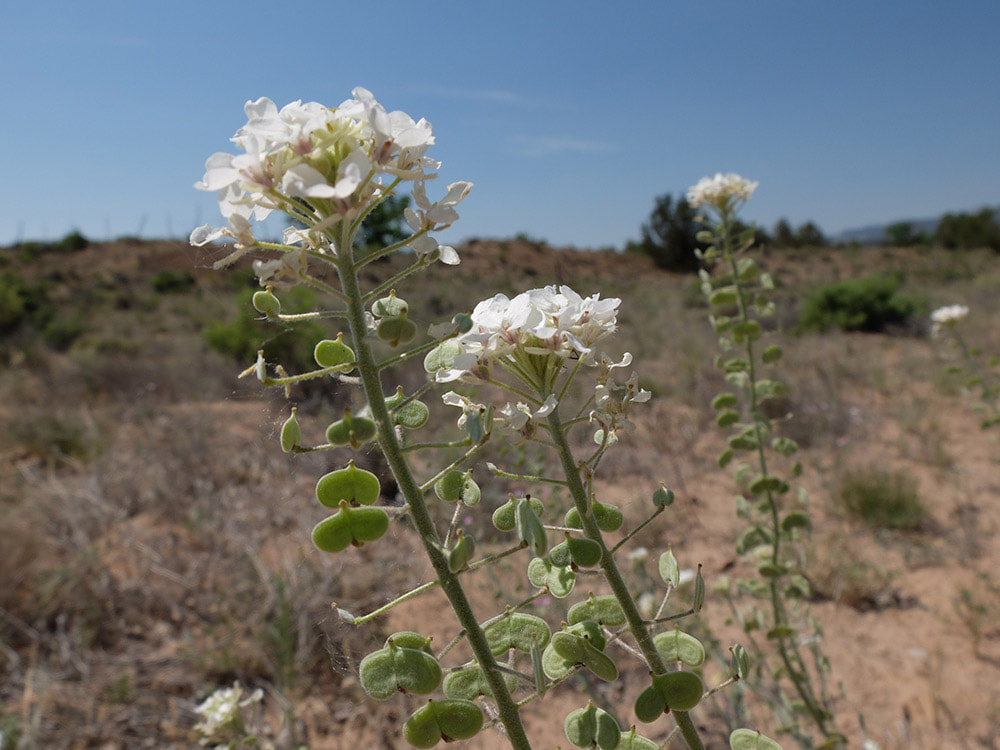
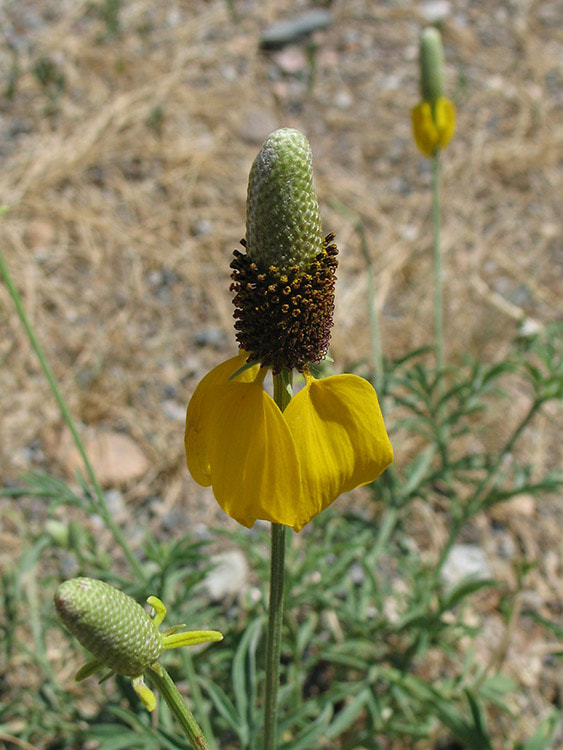
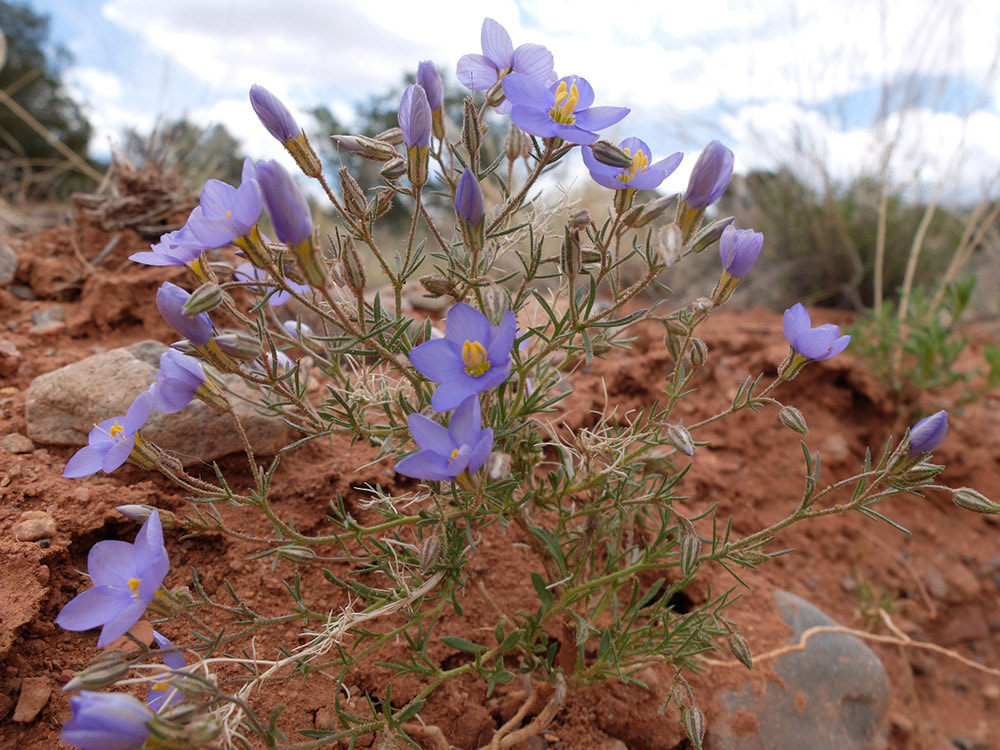
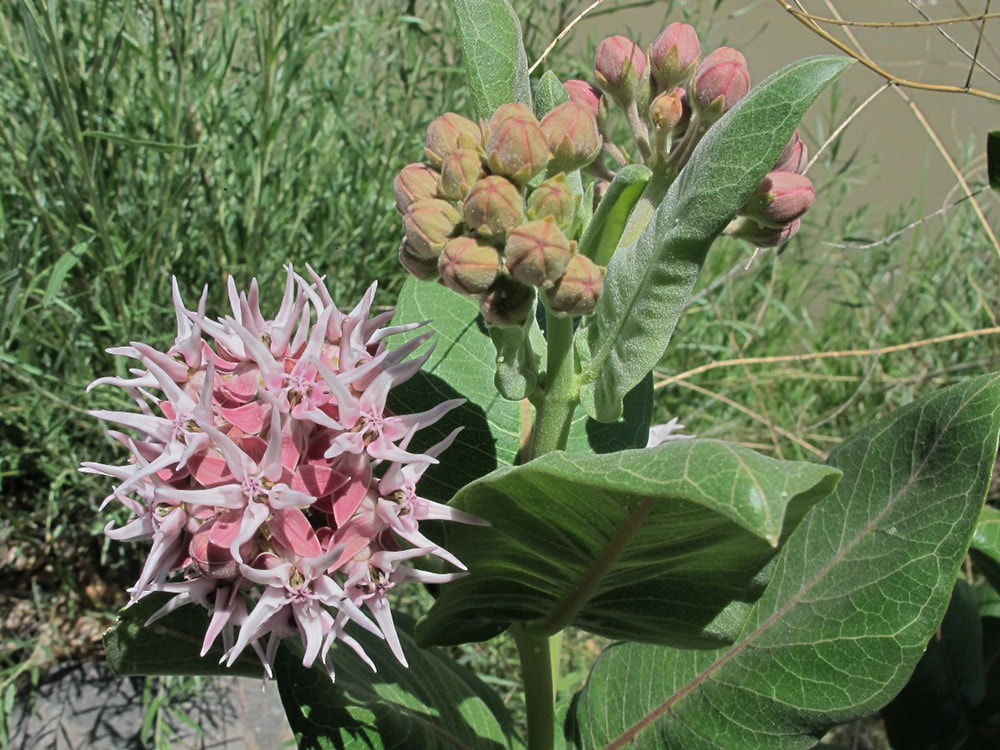
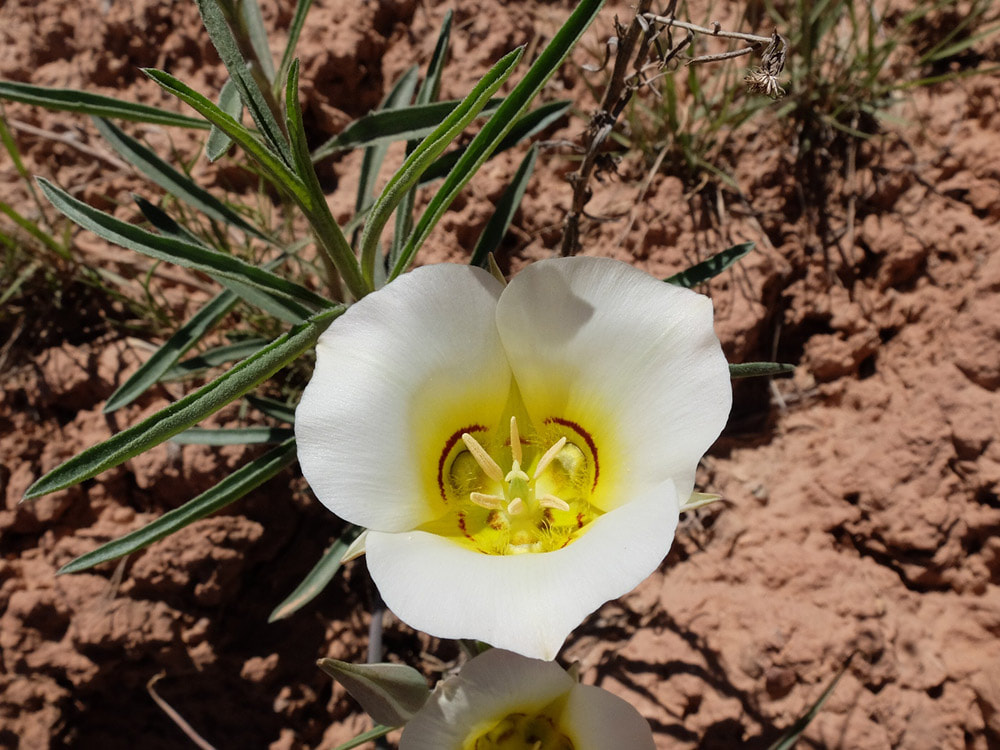
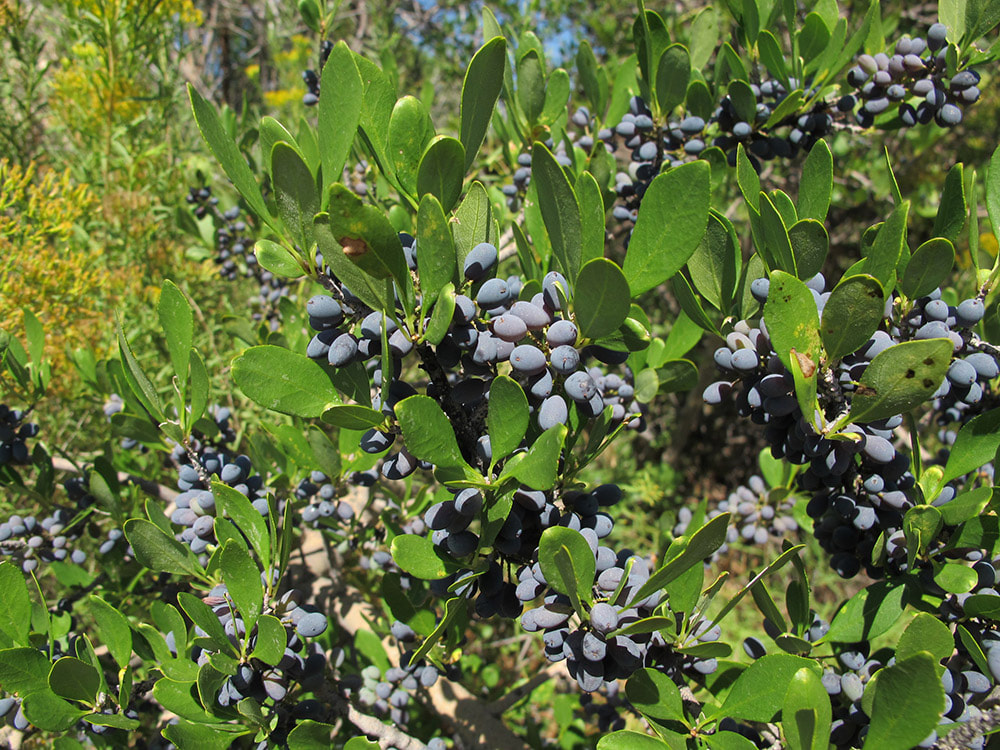
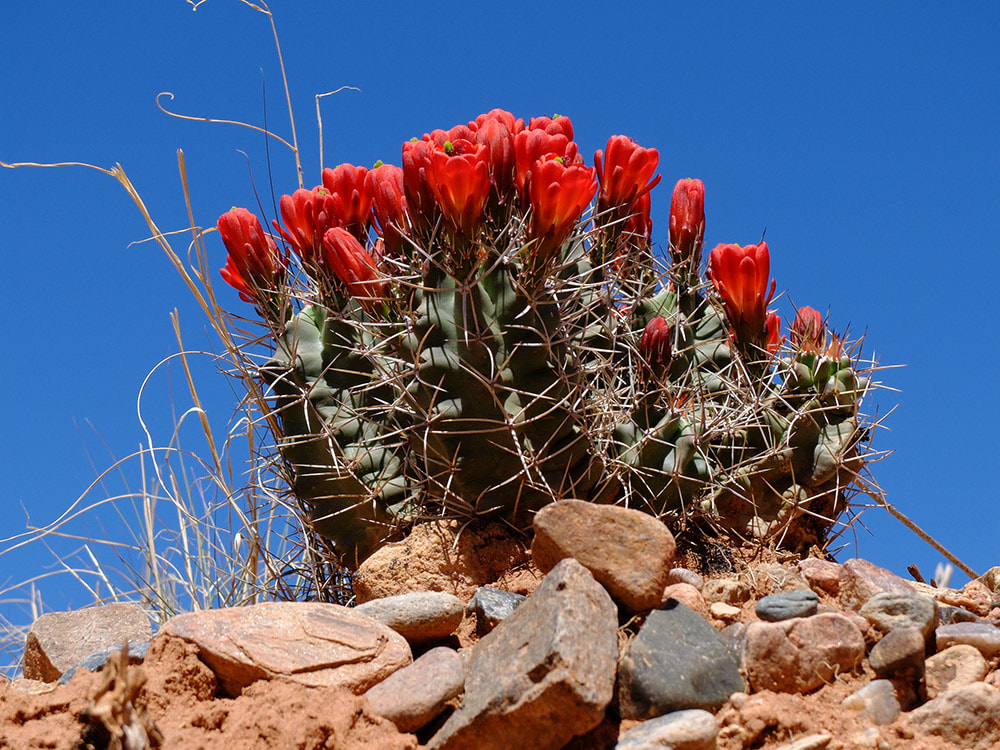

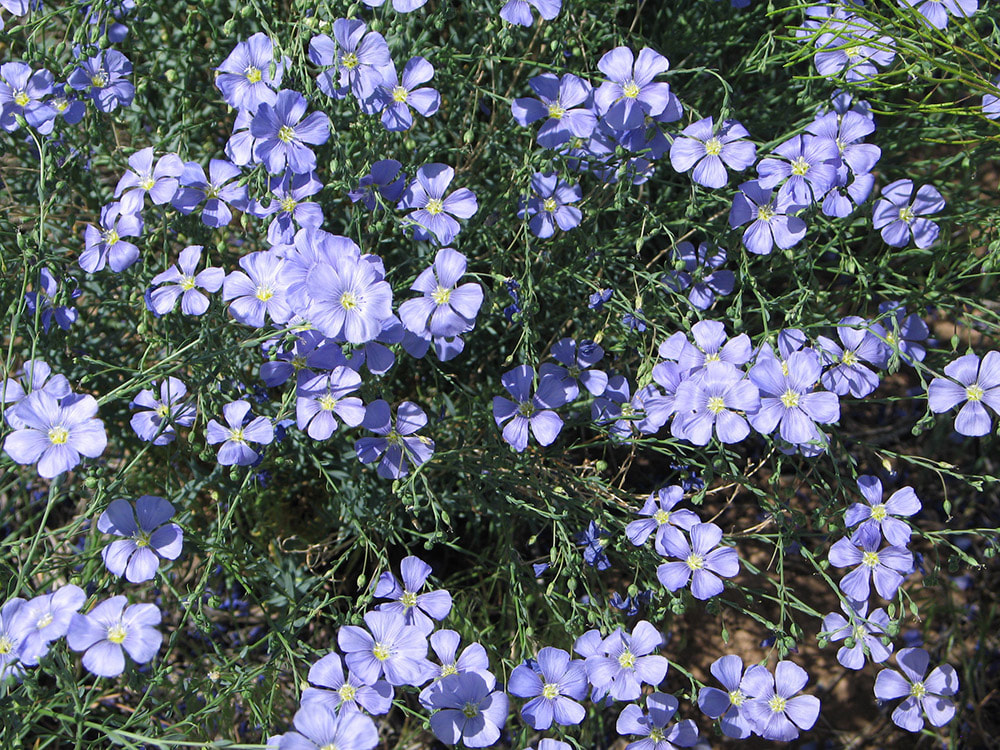

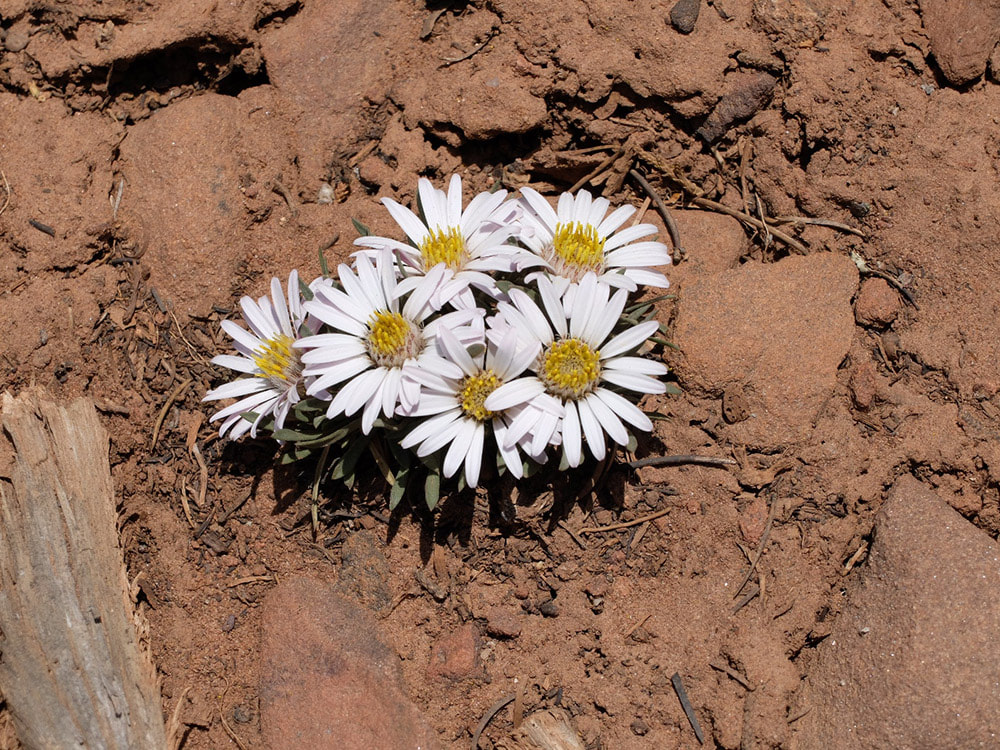


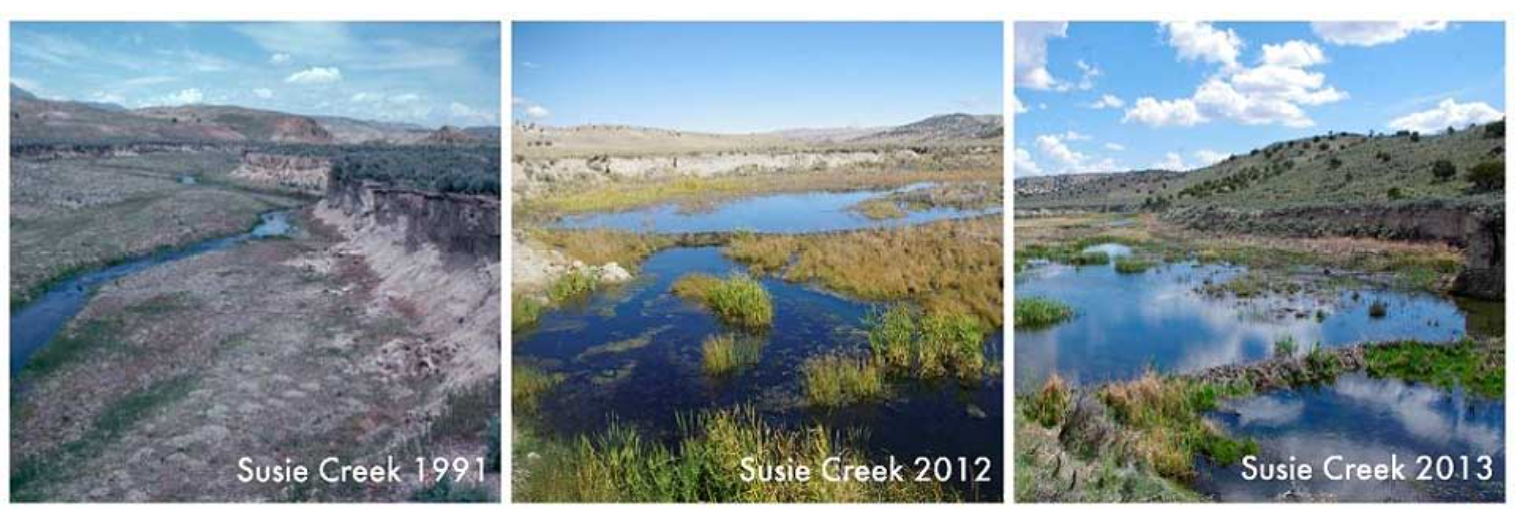

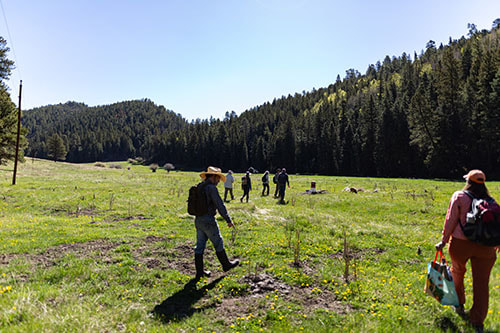

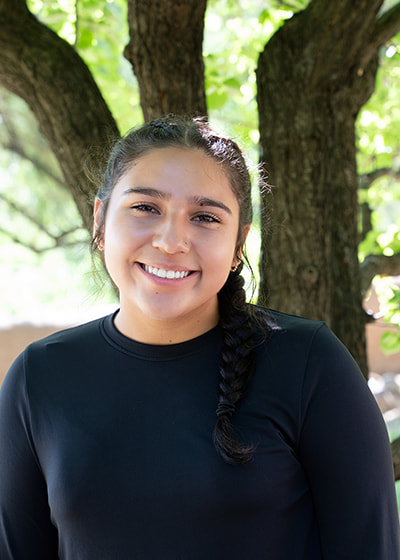

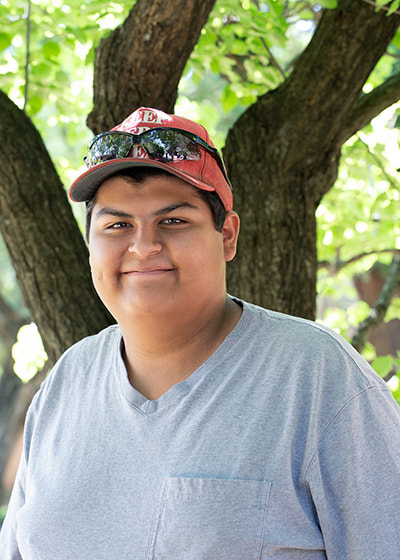
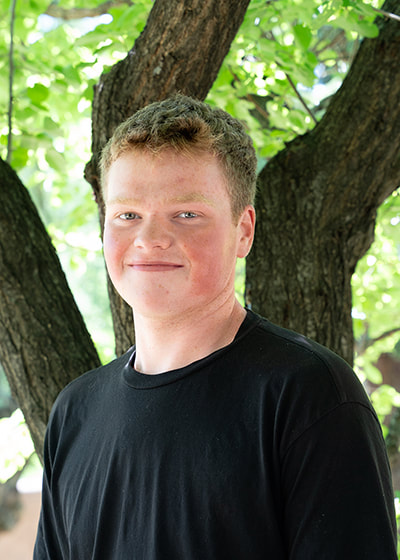

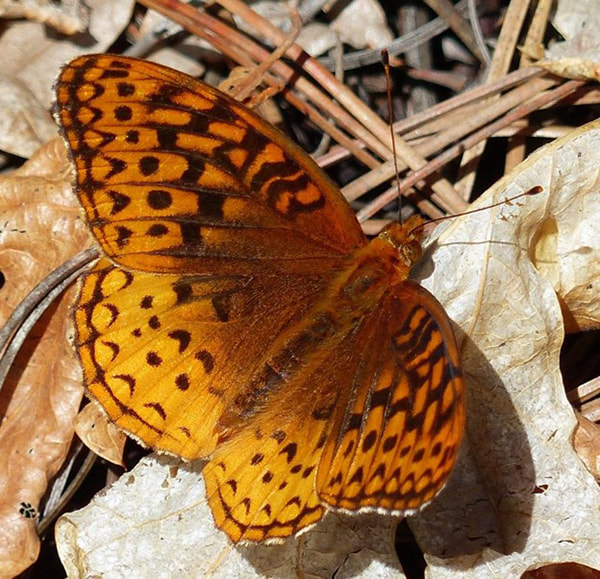



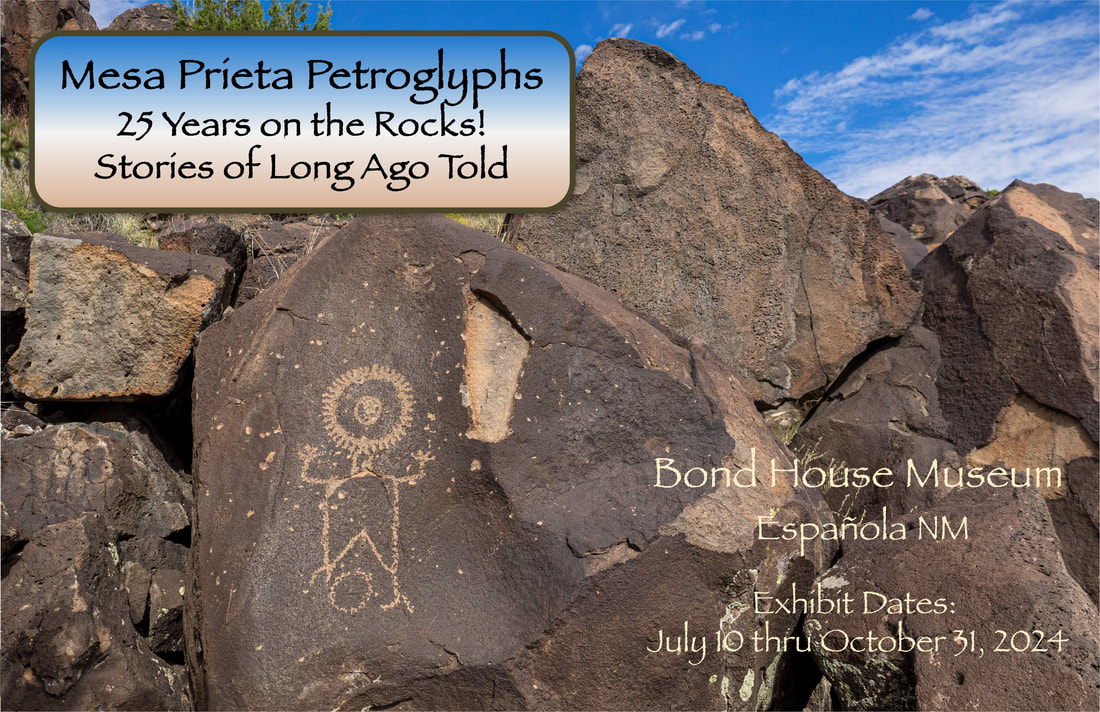
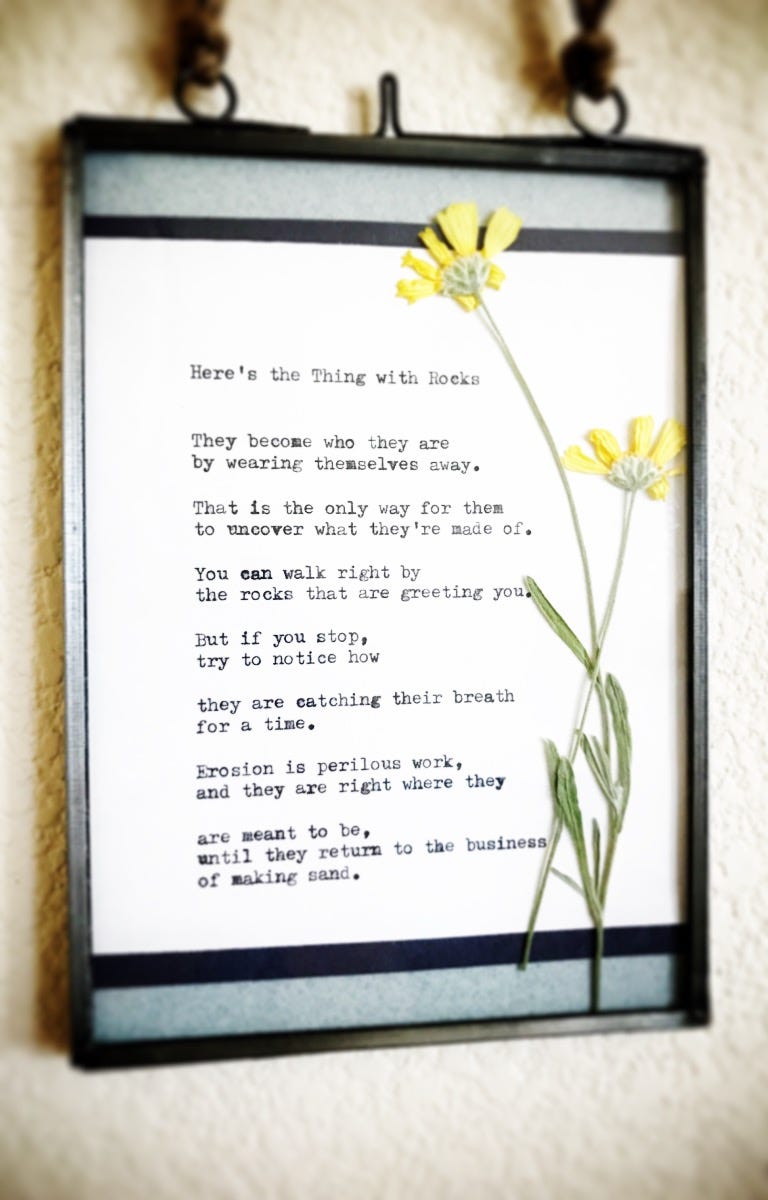


 RSS Feed
RSS Feed